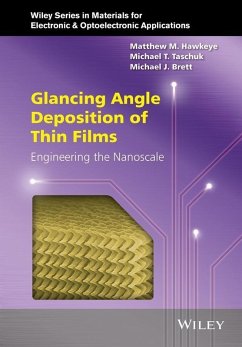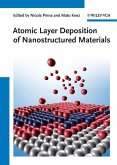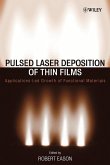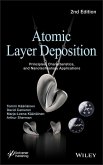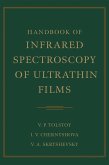This book provides a highly practical treatment of Glancing Angle Deposition (GLAD), a thin film fabrication technology optimized to produce precise nanostructures from a wide range of materials. GLAD provides an elegant method for fabricating arrays of nanoscale helices, chevrons, columns, and other porous thin film architectures using physical vapour deposition processes such as sputtering or evaporation. The book gathers existing procedures, methodologies, and experimental designs into a single, cohesive volume which will be useful both as a ready reference for those in the field and as a definitive guide for those entering it. It covers: * Development and description of GLAD techniques for nanostructuring thin films * Properties and characterization of nanohelices, nanoposts, and other porous films * Design and engineering of optical GLAD films including fabrication and testing, and chiral films * Post-deposition processing and integration to optimize film behaviour and structure * Deposition systems and requirements for GLAD fabrication * A patent survey, extensive relevant literature, and a survey of GLAD's wide range of material properties and diverse applications.
Dieser Download kann aus rechtlichen Gründen nur mit Rechnungsadresse in A, B, BG, CY, CZ, D, DK, EW, E, FIN, F, GR, HR, H, IRL, I, LT, L, LR, M, NL, PL, P, R, S, SLO, SK ausgeliefert werden.

